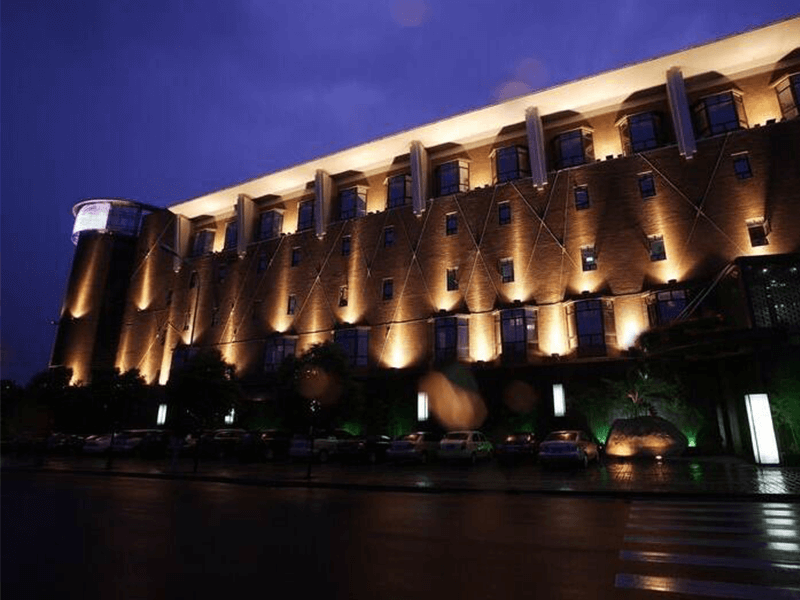When contemplating the standards that outdoor LED stadium lights should achieve, thoroughly considering various technical, safety, and performance benchmarks is imperative. The following comprehensive analysis outlines the multifaceted criteria that these lighting fixtures must meet to not only conform to industry standards but also deliver optimal results in the challenging and dynamic environment of a sports arena.
1. Luminous Efficacy and Uniformity
Achieving a harmonious balance between luminous efficacy and uniformity is foundational. The fixtures should deliver an appropriate brightness level while ensuring consistent and even illumination across the entire stadium. This not only enhances the viewing experience for spectators but also provides essential visibility for athletes, contributing to safety and performance.
2. Color Rendering Index (CRI)
The Color Rendering Index is pivotal in determining the ability of LED lights to reproduce accurate colors. High CRI values ensure that the lighting faithfully represents the true colors of team uniforms, signage, and other elements within the stadium. This criterion is particularly crucial for broadcasting and enhancing the overall visual experience for both live and televised audiences.
3. Adaptability to Different Sports
Versatility is a crucial requirement, considering that stadiums host a variety of sports and events. Outdoor LED lights should be adaptable to the specific lighting needs of different sports, whether it’s the precise lighting required for a soccer match or the broader illumination needed for a track and field event. Customization options, such as dimming capabilities, contribute to the adaptability of the lighting system.
4. Weather Resistance and Durability
The outdoor setting exposes stadium lights to diverse weather conditions. Thus, they must be constructed with materials and design elements that guarantee durability and resilience. Resistance to elements like waterproof grade, wind, and temperature fluctuations is paramount to ensure the longevity of the fixtures and minimize maintenance requirements.
5. Compliance with Light Pollution Standards
To meet environmental standards and regulations, outdoor LED stadium lights should minimize light spillage beyond the stadium boundaries. Careful design considerations, including shielding and directional lighting, are instrumental in curbing light pollution and ensuring the lighting system aligns with established environmental guidelines.
6. Intelligent Lighting Control Integration
Incorporating smart lighting controls enhances the adaptability and efficiency of LED stadium lights. Integration with sensors for automated adjustments, remote control capabilities, and advanced scheduling features contribute to energy savings, operational efficiency, and the ability to tailor lighting conditions to specific events or periods.
7. Energy Efficiency and Sustainability
Energy efficiency is not only a cost-saving consideration but also a crucial component of sustainability. LED lights inherently offer energy-efficient performance. However, adherence to specific energy efficiency standards ensures the lighting system minimizes environmental impact and aligns with contemporary eco-friendly practices.
8. Heat Dissipation Mechanisms
Efficient heat dissipation is essential for the longevity and consistent performance of LED stadium lights. Robust thermal management systems should be integrated into the design to prevent overheating, ensuring that the fixtures maintain optimal functionality over their extended lifespan.
9. Ease of Maintenance
While durability is vital, the ease of maintenance should be noticed. Design features that facilitate straightforward maintenance procedures, such as accessible components and modular construction, contribute to the overall cost-effectiveness and longevity of the lighting system.
10. Architectural Integration and Aesthetics
The design of outdoor LED stadium lights should not only meet technical requirements but also integrate seamlessly with the architectural aesthetics of the stadium. Factors related to aesthetics, including the design and positioning of fixtures, play a role in enhancing the visual appeal of the sports venue as a whole.
